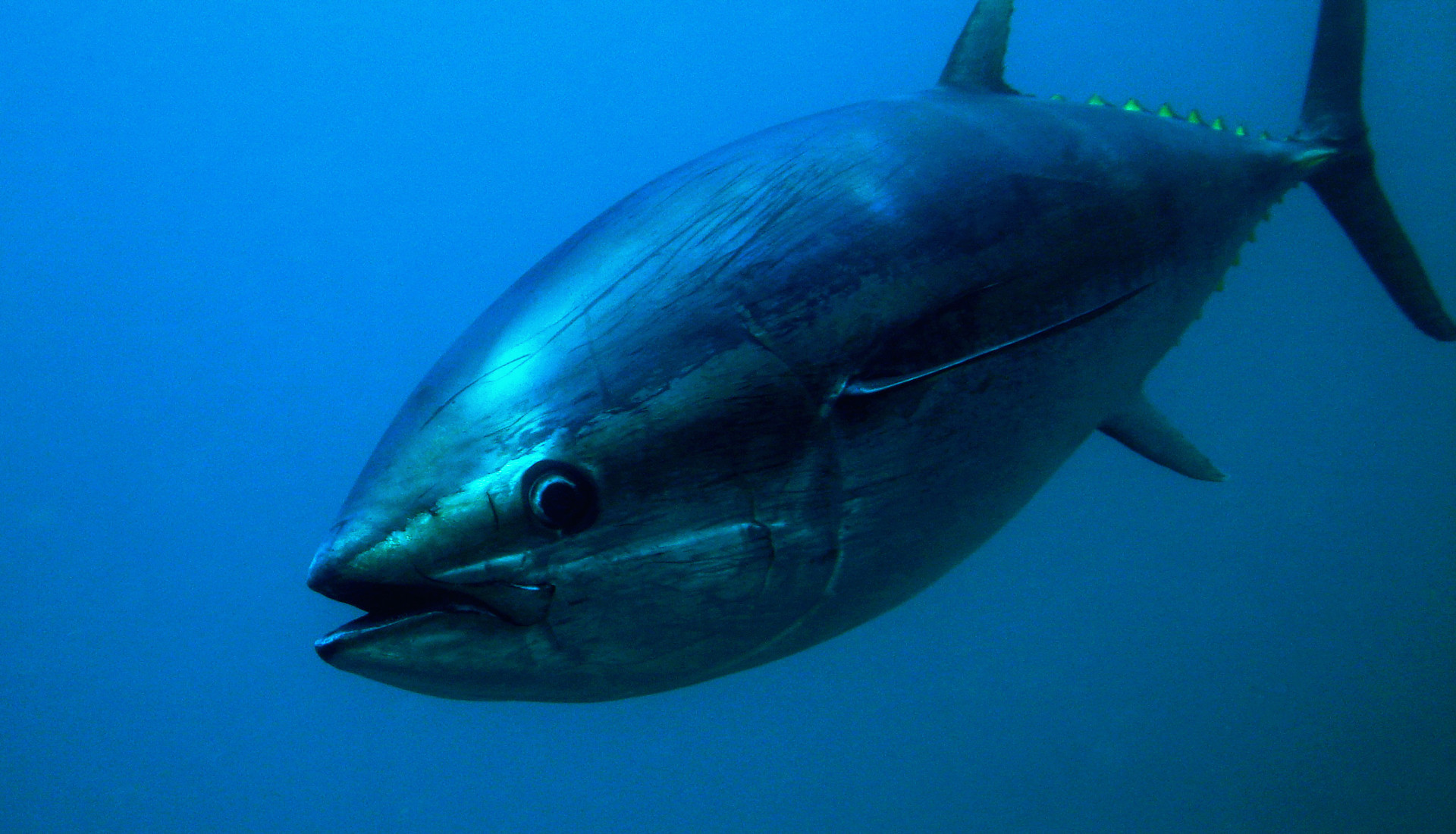Het
zat er al een tijd aan te komen,het overlijden van Sudan, de laatst
levende noordelijke witte neushoorn. Sudan leefde de laatste jaren
van zijn leven in het Keniase wildpark Ol Pejeta Conservancy en werd
24/7 bewaakt door gewapende beveiligers.......
De
hoorn van een neushoorn brengt in landen als Vietnam en China wel tot
€ 40.000,-- op..... China begint eindelijk met stappen tegen deze
barbarij en het suffe geloof in krachten van deze hoorn.
De
hoogste tijd dat er in alle landen waar deze hoorns en andere onderdelen
van dieren worden gebruikt als geneeskrachtige of kracht schenkende
voorwerpen, aan de kinderen op school wordt onderwezen dat dit je reinste kul
is, zoals al lang geleden wetenschappelijk werd aangetoond........
Een mooie taak voor de VN, doen ze eens echt iets wat er toe
doet......
Wat betreft de westerse miljonairs die denken recht te hebben deze dieren te vermoorden en onderdelen van deze dieren mee naar huis te nemen, zoals de zoons van het beest Trump, 'zou je bijna wensen' dat er een prijs op hun hoofd wordt gezet, zodat ze zelf afgeslacht worden.....
Het vogende artikel ontving ik gisteren van het Care2 team:
What
We Can Learn From the Death of Sudan, the Last Male Northern White
Rhino
While
extremely sad, Sudan’s death was not unexpected. The 45-year-old
rhino had suffered a series of age-related
complications,
and after taking a sudden turn for the worse, he
was euthanized on March 19.
Sudan’s
death leaves just two remaining individuals of this majestic
species: his daughter Najin and his granddaughter Fatu, both of
whom live in the Conservancy.
RHINOS
AT RISK
The
near threatened white
rhino has
two sub-species — northern and southern. As noted above, just two
northern rhinos remain, and there are roughly 20,000 southern
rhinos.
The
critically endangered black
rhino has
four sub-species: One of them went extinct in 2011, and just over
5,000 individuals remain.
-
-
The
critically endangered Javan
rhino has
a population of just 67.
So
sad because we end up losing such kinds of species because of human
failure. People used to kill rhinos because of their horns, and many
people have been believing that they’re used as medicine, but it
doesn’t cure anyone at all.
Mutai
is referring to the belief that rhino horns have medicinal value. But
they’re actually made of keratin,
the same material in human hair and fingernails, as well as turtle
beaks and horse hooves.
Rhino
horn is most often ground up for use in traditional Asian
medicine, especially in China and Vietnam. According to
the International
Rhino Foundation,
the powder is added to food or brewed in a tea, which is “guaranteed”
to be a powerful aphrodisiac, a hangover cure or a treatment for
cancer, fever, rheumatism and gout.
One
rhinoceros horn has an estimated value of between $30,000 and $40,000
— and that’s precisely why poachers love them.
The
organization Save
The Rhino believes
that more than 7,245 African rhinos have been lost to poaching in
just a decade. In South Africa, 1,028 rhinos were killed in
2017, which equals just about three rhino deaths every single day.
POACHING
PREVENTION
So
what can we do to prevent this unnecessary slaughter?
Writing
for CNN, Jill
Filipovic notes that
“The response to poaching has to be holistic and global –
addressing, among other things, economic need and lack of
opportunity.” She’s referring to the fact that
some people rely on poaching as a matter of survival.
Living in poverty — perhaps with a starving family — they will do
anything to get money.
But Filipovic
goes on to suggest a bigger approach: The Kenya Wildlife Service
needs to be controlled and refocused. The group has been accused by
Human Rights Watch and others of deaths
and disappearances;
KWS has consistently denied
the accusations.
A
global approach also means looking to China, which has provided the
demand for rhino horns for decades. The country banned
ivory last year,
but government officials must do more to protect this
incredible creature.
And
in the U.S., photos of Donald Trump’s sons with their African game
kills aren’t improving the situation. Legislators need to ensure
that these wild animals are more than trophies for the rich.
Discouragingly,
a new advisory board created to reshape U.S. law on the importation
of the body parts of African elephants, lions and rhinos is loaded
with trophy
hunters.

A
LASTING LEGACY
So
what does the death of Sudan tell us?
It
is not enough to simply blame the poachers. The countries involved
need to band together in what Filipovic calls a “holistic and
global approach.”
Although
scientists around the world are working to develop in
vitro fertilization** techniques,
it’s probably too late for the northern white rhino. Sudan’s
death means that this majestic sub-species may follow the northern
black rhino into extinction, if the international community fails to
act.
* IUCN: International Union for Conservation of Nature and Natural Resources.
** In vitro fertilization: reageerbuisbevruchting.


